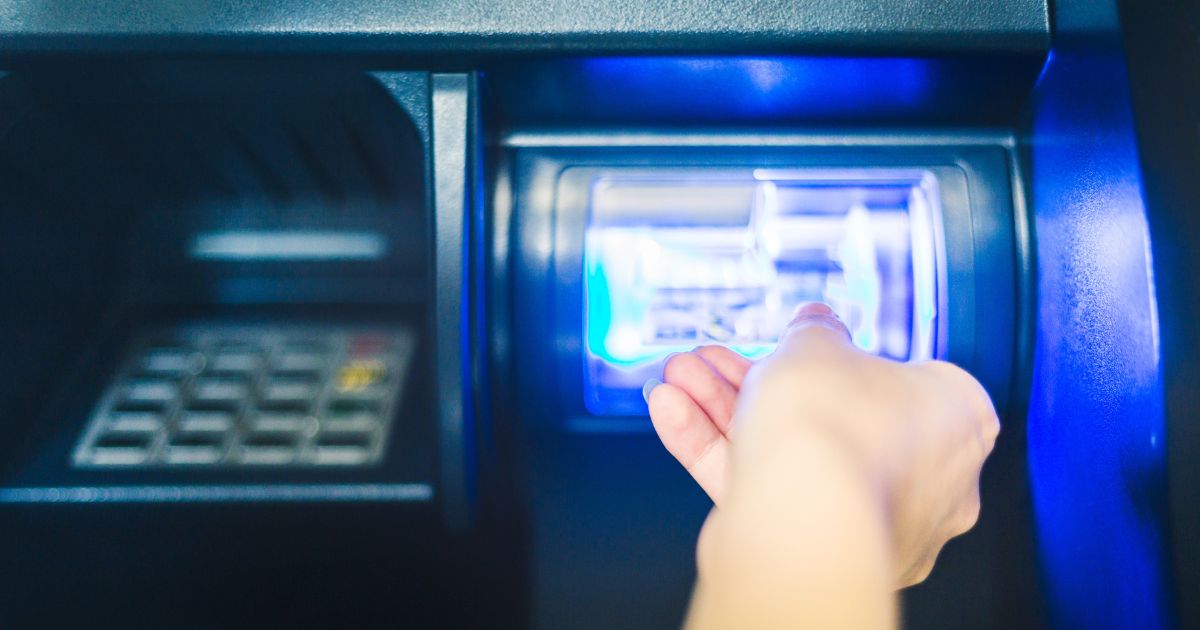
| January 3rd, 2024 |
How to deposit checks at the bank to the teller — A Comprehensive Guide!
In an era dominated by digital transactions, visiting a bank teller to deposit checks might seem outdated, but it remains a crucial aspect of banking for many individuals and businesses. Knowing how to properly deposit a check at the bank teller can streamline the process and ensure your funds are safely deposited into your account. Let’s dive into a comprehensive guide on how to efficiently deposit a check with a bank teller.
Preparation Steps:
- Endorse the Check: Flip the check and endorse it on the back. Write “For Deposit Only,” followed by your account number and signature.
- Gather Necessary Items: Carry your identification, such as a driver’s license or passport, and the check(s) you wish to deposit.
Visiting the Bank:
- Visit the Teller Counter: Head to the bank during operating hours and approach the teller counter. Greet the teller politely and explain your intention to deposit a check.
- Provide Identification: Present your identification to the teller for verification purposes.
Completing the Deposit:
- Hand Over the Check: Pass the endorsed check to the teller. Communicate the account into which you want the funds deposited.
- Verification and Validation: The teller will verify the check’s authenticity, ensuring it’s properly filled out and signed. They might also confirm the deposit amount.
- Confirmation of Deposit: Once verified, the teller will credit the funds into your account. You can ask for a receipt as proof of the transaction.
Tips for Efficiency and Security:
- Organize Your Checks: Sort and arrange your checks beforehand to speed up the process.
- Double-Check Endorsement: Ensure your endorsement on the back of the check is accurate and matches the name on the account.
- Verify Deposit Amount: Before leaving the counter, confirm that the deposited amount matches your expectations.
- Safeguard the Receipt: Keep the transaction receipt for future reference and reconciliation.
Frequently Asked Questions:
Q: Can I deposit a check into someone else’s account?
A: Typically, checks should be deposited into the account of the payee. Some banks allow third-party check deposits with proper endorsements and authorization.
Q: Are there any limits on check deposits?
A: Banks may have limits on the amount you can deposit without additional verification. Check with your bank for specific details.
Q: Can I deposit a check if I don’t have an account at that bank?
A: Some banks may allow non-account holders to deposit checks, but policies vary. Contact the bank or visit their website for information.
Q: What happens if I deposit a post-dated check?
A: Banks might accept post-dated checks, but policies vary. Always communicate with your bank and ensure they won’t cash it before the date indicated.
Q: Can I deposit a foreign check at a bank teller?
A: Depositing foreign checks might involve additional processing and fees. Banks often have specific procedures for handling international checks; inquire beforehand.
Q: Are there fees associated with check deposits?
A: Many banks don’t charge fees for check deposits, especially if you’re depositing into your account. However, fees might apply for non-account holders or certain types of checks.
Q: What should I do if the teller refuses to accept my check for deposit?
A: If a teller refuses to accept a check, politely ask for clarification and reasons. It might be due to issues with the check itself or the account. Seek guidance on how to resolve the matter.
Q: How long does it take for a deposited check to clear?
A: Check clearance times vary. Generally, funds might be available within one to two business days, but some banks place a hold for a longer period, especially for larger amounts or new accounts.
Q: Can I deposit a damaged or torn check?
A: If the check is slightly damaged but all essential information is readable, most banks will accept it. However, heavily damaged checks might require replacement from the issuer.
Q: Is there a cutoff time for same-day processing of check deposits?
A: Banks often have cutoff times for same-day processing. Deposits made after this time might be processed on the following business day. Check with your bank for their specific cutoff times.
Q: What if I made an error on the deposit slip or endorsement?
A: Inform the teller immediately about any errors. Depending on the nature of the mistake, they might guide you on correcting it or initiating a new deposit process.
By understanding these additional aspects of the check deposit process, you’ll be better equipped to navigate various scenarios and ensure a smoother transaction at the bank teller. Always remember to communicate with your bank for specific policies and guidelines related to check deposits.
Conclusion:
Mastering the art of depositing checks at a bank teller ensures a smooth and secure transaction process. By following these steps and tips, you can streamline the deposit process, safeguard your funds, and maintain accurate financial records. Embrace this traditional banking method confidently, knowing that your funds are safely deposited into your account.
